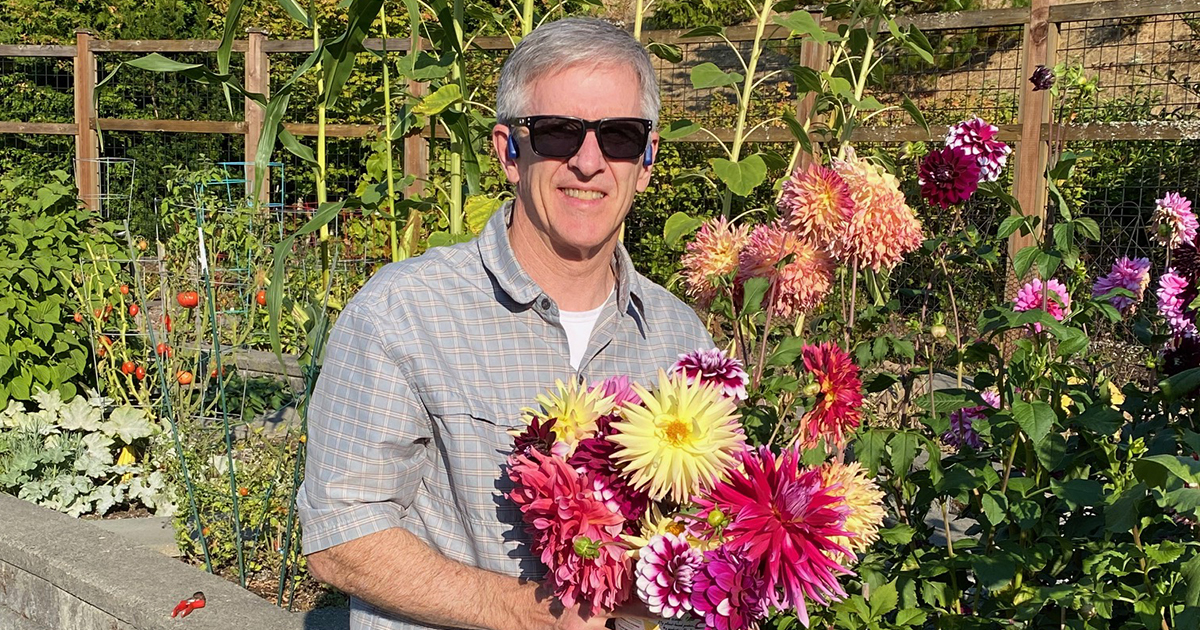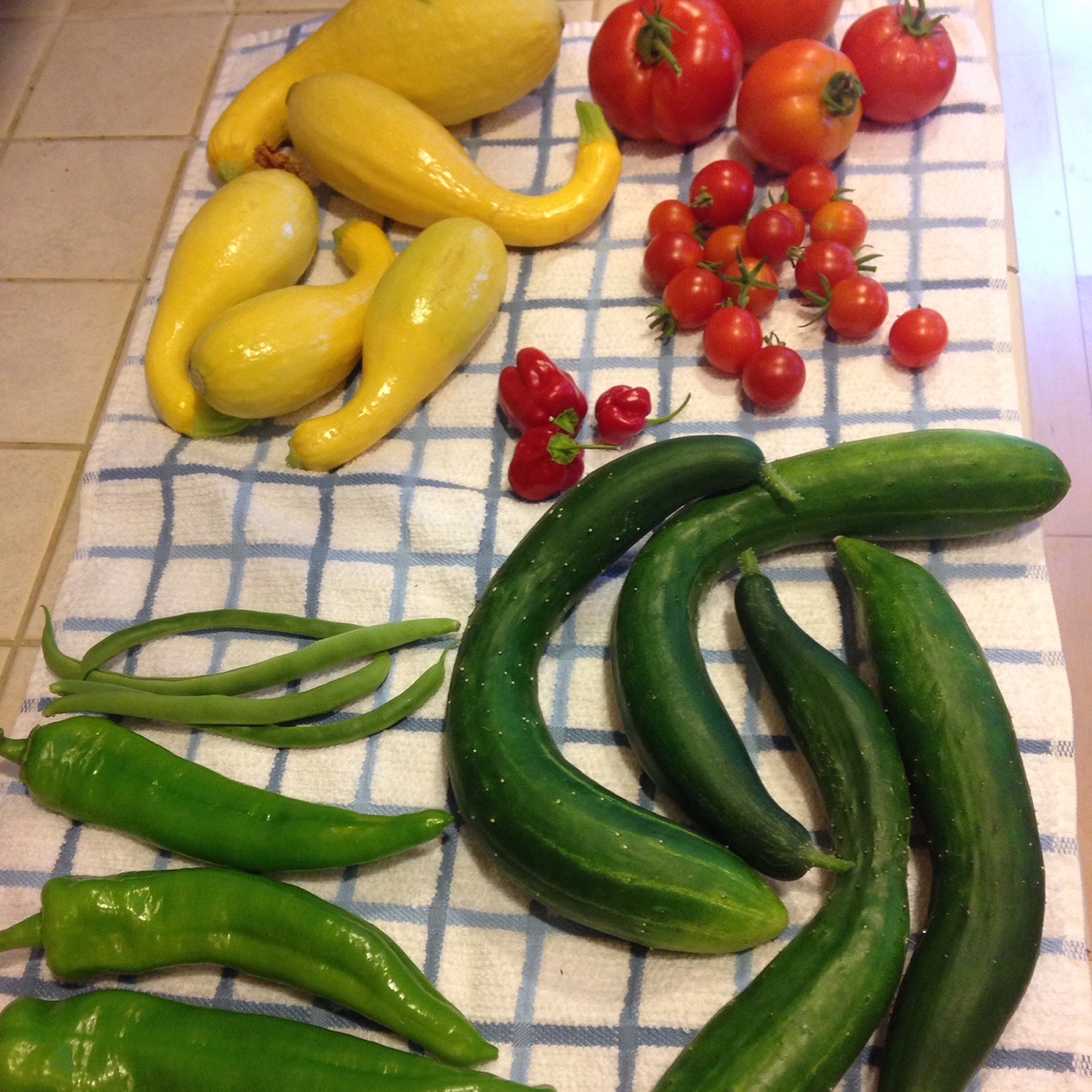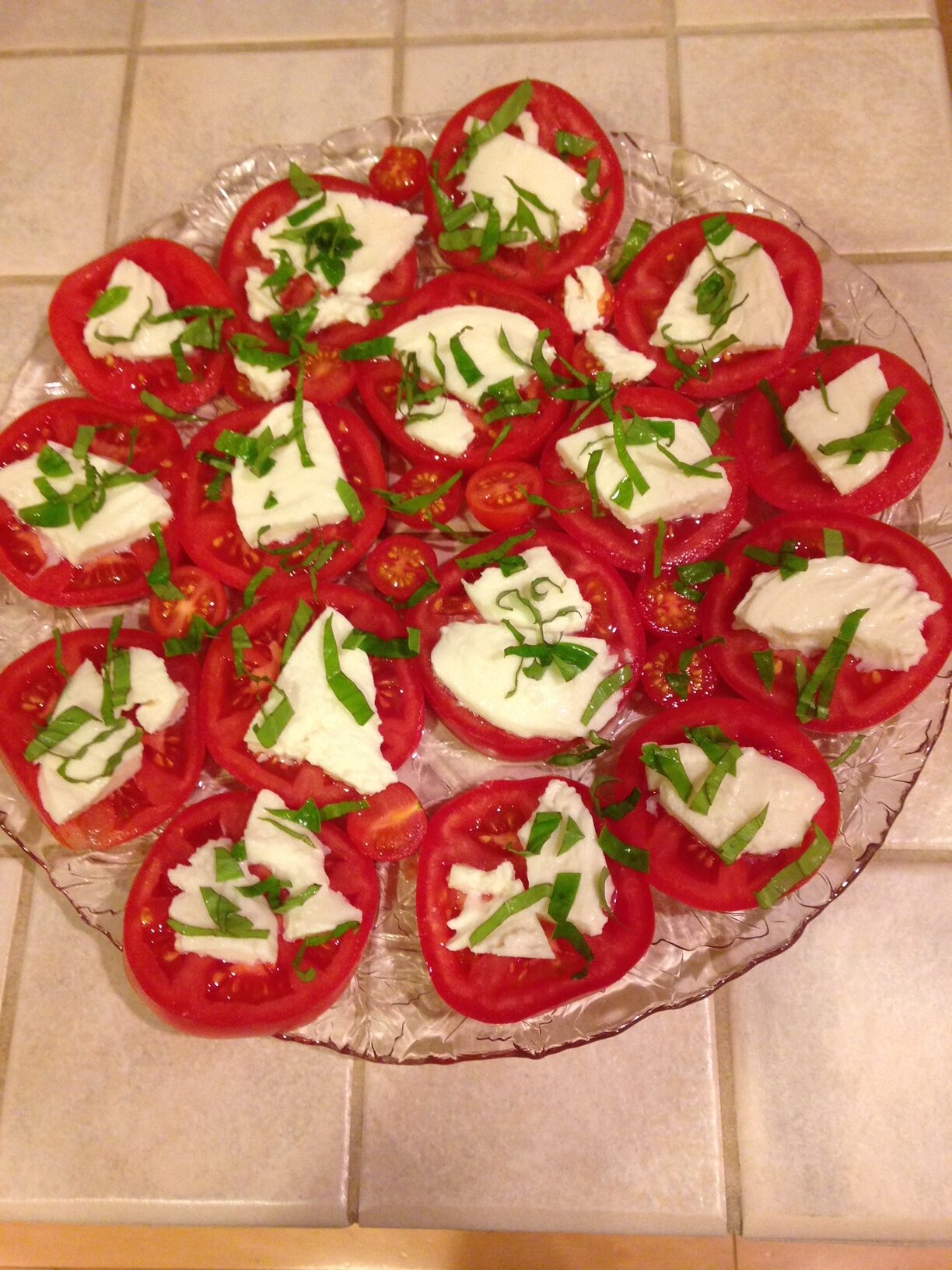
Growing up in the Mediterranean climate of coastal Southern California made growing a vegetable garden easy. I have lived in Issaquah for over 33 years and can say that being a successful vegetable gardener is within your reach! Let me share some of my tips and secrets I have learned in my past 13 years in Issaquah Highlands.
Every year is a little different. This past growing season gave us a prolonged spring with lots of rain and cool days. Summer finally came, but it was not as long or consistent as other years. I like to hedge my bets and plant some veggies that do well in cool weather and some that do better in hot weather.
The native soil in our community is NOT vegetable friendly. In fact, it may take you years to get enough organic supplements into the ground to make it worth the effort. I recommend only growing vegetables in raised beds or in pots. Take the easy pill and stay away from the headache of amending natural dirt. Most people don’t have community garden plots, so let’s focus on urban gardening in Issaquah Highlands.
First, look for the ideal place to have your raised bed(s) or pots. You want sunshine, ideally south-facing exposure or east/west, where you can get at least 6-8 hours of sunlight a day. I use round pots at home that are about 14 inches high and 24 inches across. If using a raised bed, try to have at least 10 inches of soil. Decide your allocation of area devoted to vegetables. I love dahlia flowers as well, so they get their share of area in my garden.
Fill your pots with a mix of potting soil and compost. You may want to add some peat (which absorbs water well) and perlite (to assist in drainage). Line the bottom of the pots with rocks to further assist in drainage. A good general organic fertilizer to consider adding to each pot would be a 5-10-4 ratio of nitrogen-phosphorus-potassium.
Now that you have your pots or raised bed filled with the right soil and a place for them to get maximum sunlight, you are ready to plan what crops to grow. Proper timing is key to successful harvest yields. You can use seeds or starts, but it really depends on when you plant and how fast you want to harvest. With the right grow light, you can start indoors—but that is a whole different topic.
Springtime in Issaquah Highlands is prime for lettuce, kale, beets, radishes, carrots and related crops. You can grow scores of different varieties of lettuce. Bush or climbing peas are easy to grow and won’t disappoint.
Beware of rabbits. We seem to have many furry friends here. Consider parsley, onion, basil, leeks and potato as companion crops that rabbits don’t like to eat.
Summer is ideal for tomatoes, all types of squash, pumpkins, cucumbers, peppers and beans. These crops need heat and sun, so make sure not to plant early. An ideal start date is May 1. Buying tomato and pepper starts work well. The other veggies mentioned should be started from seed for best results.
For more information, try YouTube for a wonderful video university on gardening. You can also stop by one of the community gardens and ask some of the seasoned veterans for help.
Steve Balkman is an Ashland Park resident.







